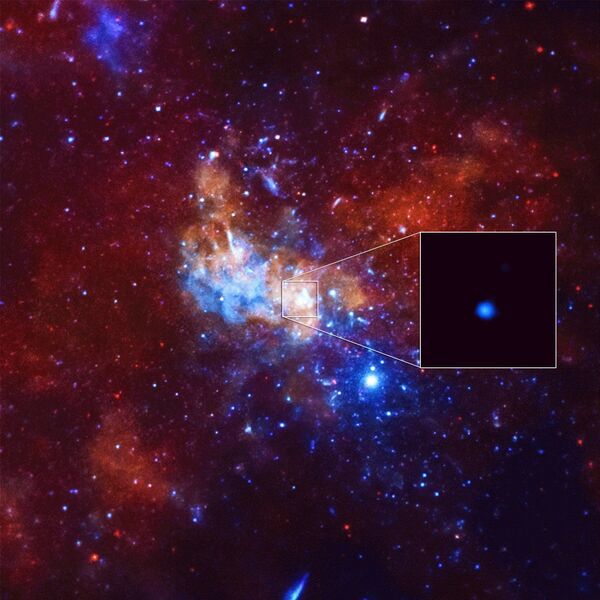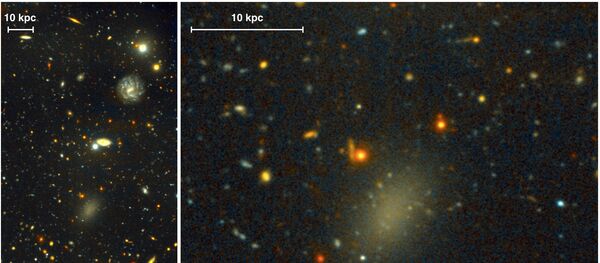This SMBH is currently dormant, but new research has pinpointed its explosion to six million years ago, a time when the first human ancestors began to walk the Earth.
Analyzing data from the ESA's XMM-Newton spacecraft, an international team of scientists from Italy, Mexico and the US set out to find matter that is believed to be "missing" from the Milky Way.
Scientists have calculated that there is about 150-300 billion solar masses of normal matter in the galaxy. However, counting up all the stars, gas and dust we can see only gives about 65 billion solar masses, leading scientists to search for the missing matter.
"We played a cosmic game of hide-and-seek. And we asked ourselves, where could the missing mass be hiding?" said Fabrizio Nicastro, lead author of the paper published in The Astrophysical Journal Letters, and a research associate at the Harvard-Smithsonian Center for Astrophysics and astrophysicist at the Italian National Institute of Astrophysics.
The researchers believe the supermassive black hole at the center of the universe holds the key to the whereabouts of this missing mass.
"We analyzed archival X-ray observations from the XMM-Newton spacecraft and found that the missing mass is in the form of a million-degree gaseous fog permeating our galaxy. That fog absorbs X-rays from more distant background sources," Nicastro explained in a press release.
According to their observations and computer models, this newly-observed million-degree gas can account for up to 130 billion solar masses of material, and therefore explain the mystery of the galaxy's missing mass.
"This active phase lasted for 4 to 8 million years, which is reasonable for a quasar," said Martin Elvis, co-author of the paper.
About five sixths of the total mass of our galaxy, 1-2 trillion times the mass of the Sun, is in the form of dark matter, an unidentified type of matter which does not have an electric charge and therefore cannot be observed by shining a light on it.
Scientists can only infer the presence of this 'invisible' matter by observing the motions of stars which react to its gravitational mass.






